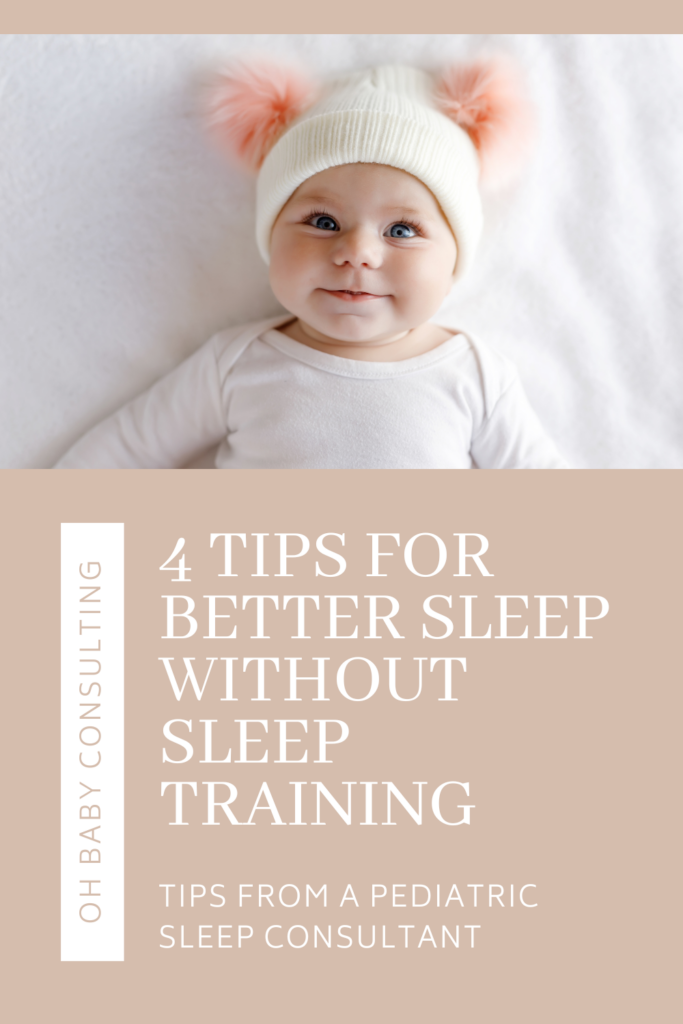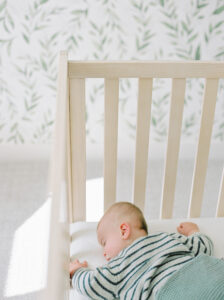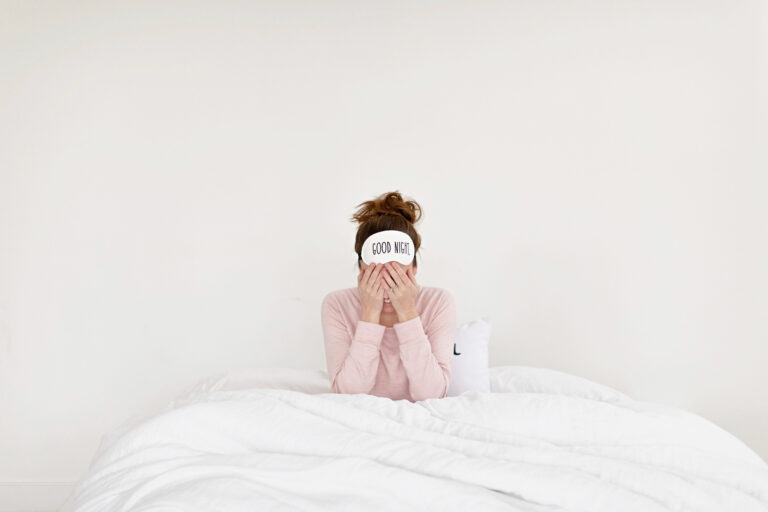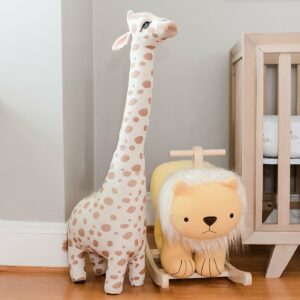So often I’ll talk to parents who will say, “I just don’t think he’s ready for sleep training yet.” or, “I know what we’re doing not sustainable forever, but it’s the path of least resistance for right now.”
You may be surprised to hear me say this but these hang-ups are super valid. Sleep training is a deeply personal decision that is not the right choice for every family.
While sleep training may not be your “right now” answer, I hope you know that it is a valid option for you if you want to make a change to sleep in your home.
If you have concerns about sleep training, I’d encourage you to read the following posts:
The Truth About Gentle Sleep Training & Cry It Out
Crying During Sleep Training
Sleep Training & Attachment
Does Sleep Training Cause Stress
Is Sleep Training Safe?
Is Sleep Training Damaging?
Decoding Sleep Training Research
But in the meantime, here are FOUR tips to help you make positive sleep changes in your home without sleep training.
1. Make it darker
Light, natural or artificial, sends a message to our brains that it’s daytime and not time to sleep. Melatonin production is triggered by darkness, so start turning down the lights an hour before you plan to put your child down down. This includes electronic screens which emit a blue light that is particularly detrimental to the brain’s shut-down process.
For babies who wake up early or are more sensitive to light, I’d recommend investing in some blackout blinds. I’ve had many parents tell me it’s the best money they ever spent (in addition to a sleep coach that is!)
You can read about blackout options & my favorite ones here!
2. Make it cooler
It can be tricky to know how to dress your baby for sleep. Babies – like adults – actually sleep best when they’re warm and snuggly inside of a cool environment. A warm nighttime onesie + sleep sack and a cool nursery (somewhere around 68°F to 72°F (20°C – 22°C) is the best way to ensure that your child remains comfortable through the night.
While blankets are not safe for babies under 12 months, I recommend a wearable sleep sack. You can learn more about sleep sacks + my favorite ones, here.
3. Make it boring
We all love the look of a flashy mobile hanging over baby’s crib or the sounds of the little faux-aquarium with those plastic light-up fish. But even though they may seem soothing to us, they can be a real source of fascination for your child – which is great…just not when they’re trying to sleep! To a baby, they can be the equivalent of a stimulating action movie, so try to keep their sleep space boring when it is time for sleep.
The only noise that I actually do recommend is a white noise machine which can help to block out any environmental sounds that might wake your child prematurely. My favorites include The Hatch, The Dohm, and The Lectrofan.
4. Make it predictable
A thoughtful, consistent bedtime routine promotes a good night’s sleep for all ages but particularly for babies. Once their bodies and brains start to recognize the patterns that indicate an upcoming bedtime, they will actually start to wind down. Energy levels will start to decrease, melatonin production will kick in, and muscles will begin to relax. By the time you’re giving them a goodnight kiss, their system should be all set for a long, restorative sleep.
Predictability also goes for how you approach bedtime & any night wake ups. If you’re doing different things night after night (perhaps in an attempt to get your child sleeping longer), it can become chaotic for your child and actually exacerbate tearful & more frequent wake-ups.
Implementing the basics of sleep hygiene can be an important first step towards making positive sleep changes starting today.
If you’re ready to explore sleep training, I’d encourage you to reach out & we can discuss working together to get a plan in place to get everyone sleeping through the night!














